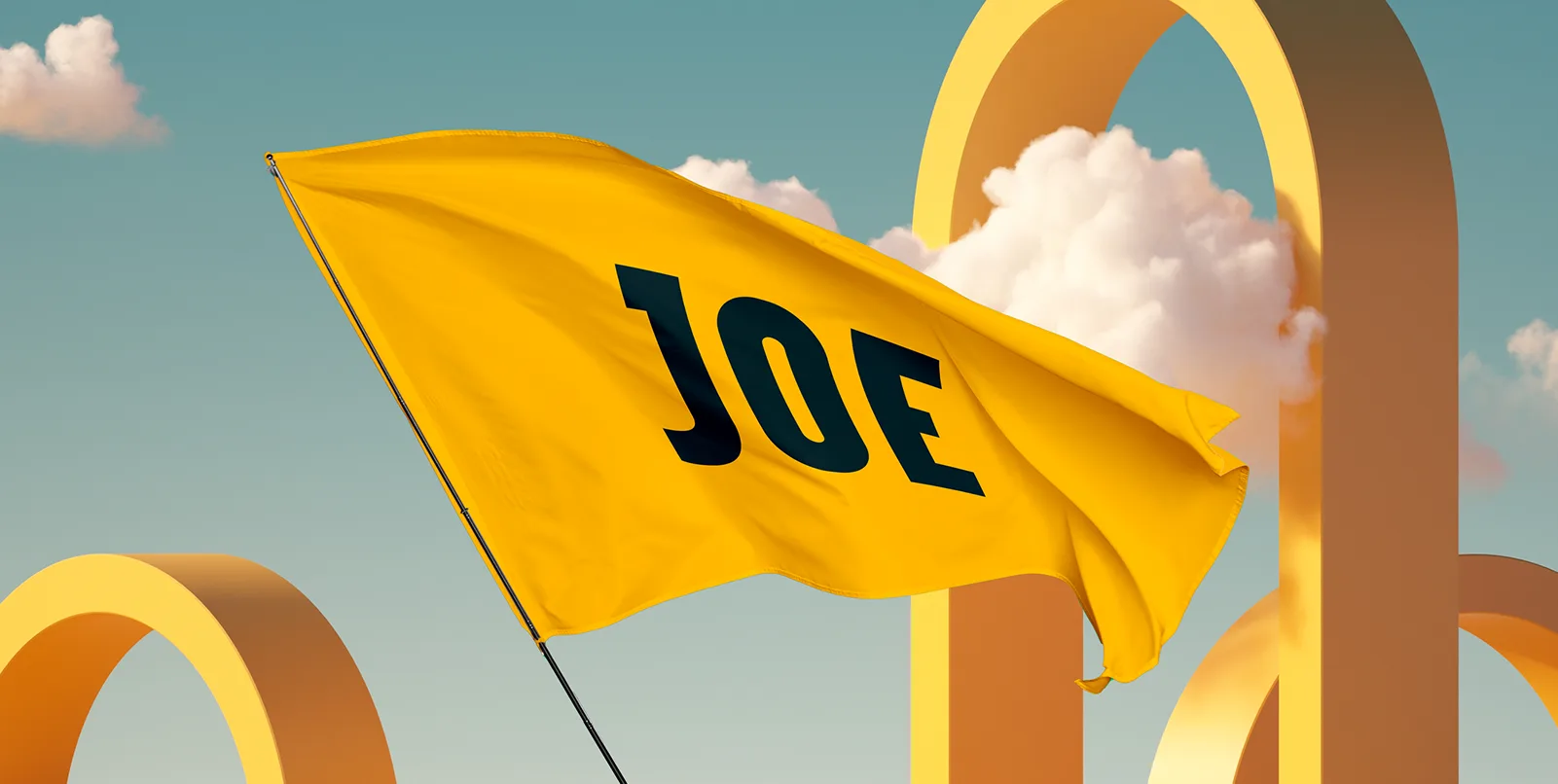A truly remarkable chain of events!
On March 30th, 1928, the most remarkable story in the history of Aintree’s Grand National took place, with a gelding from Tipperary at its centre.
It just so happened that a 10-year-old schoolboy named Peter placed his last sixpence on the 100/1 longshot, Tipperary Tim, ridden by jockey Billy Dutton.
Tim was a native of the Premier County, bred by Cashel man John Ryan, as was his namesake and famed marathon runner, Tim Crowe.
Ryan was also a member of the Ireland rugby team that won the Home Nations Championship and Triple Crown in 1899.
Crowe, who hailed from Bishopswood, Dundrum, was a two-time junior cross country champion of Ireland, and won sixteen national senior championships on the track, road and cross country, and represented Ireland at the International cross country championships.
That fateful day
It was a foggy day in Liverpool, and legend has it that prior to the race start a ‘friend’ of Duttons called out to him, “Billy boy, you’ll only win if all the others fall!”
What was perhaps an off-colour remark on a proud day for Dutton, turned out to be prescient to the nth degree.
From the first fence that day horses began to falter, although this was far from an unusual sight, particularly in that era of the race, with its dangerously-high fences.
It was at the Canal turn fence that the race began to come a cropper.
According to a report, Easter Hero had broken away from the field, with a healthy lead at Beecher’s and heading into the fateful turn.
For reasons unknown, he sidestepped at the Canal turn, got halfway across the fence and slipped back. However, it was his following actions that would prove decisive, as he ran across the ditch in front of his onrushing opponents, causing a chain reaction, which would sky rocket the race into Grand National lore.
Half the field were caught up in the hysteria, with casualties including race-favourite Master Billie, as well as highly-tipped Ruddyman, Trump Card, Carfax, Goshlin, and Amberwave.
By the time there were four fences left, only six of the 42 starters remained, with Kentucky-bred Billy Barton leading the field, while Tipperary Tim looked fatigued and distressed.
But the dominoes continued to fall, and when the French-mare Maguelonne went down, there were three left with two fences to go.
Great Span looked in the best shape but fell while neck-and-neck with Billy Barton, and the trophy looked certain to be heading to the US.
Once again, as if Tim had struck a deal with the Aintree track, Barton slipped and fell after clearing the final fence, allowing the last horse standing to gallop away for the first 100/1 win in the race’s history, and still one of just five to this day.
To his credit, the great Tommy Cullinan from Clare – who in 1930 became the first jockey to win the Grand National, Gold Cup, and Champions Hurdle in the same season – got back up on Billy Barton, finishing in a distant second.
The nature of the race led to significant changes, with the ditch at the Canal turn removed; it also led to the largest field in the race’s history, spurred on by the unlikely success of Tipperary Tim, with 66 entries in the 1929 edition, which was won by another 100/1 outsider in Gregalach.
And the schoolboy that took a punt, his name was Peter O’Sullevan, the legendary commentator and one the sport’s most famous figures, calling the Grand National for fifty years, with his name now engraved on a plaque at the course.
For Tipperary Tim, it really did feel like he sold his soul to the racing gods, as his career petered out and he never came close to the heights of that afternoon in 1928.































